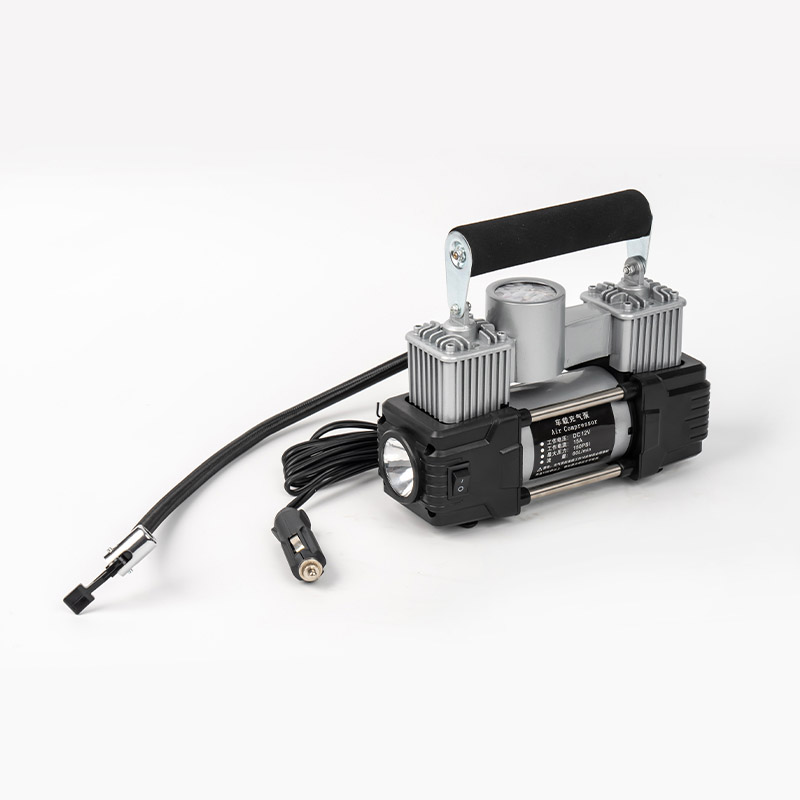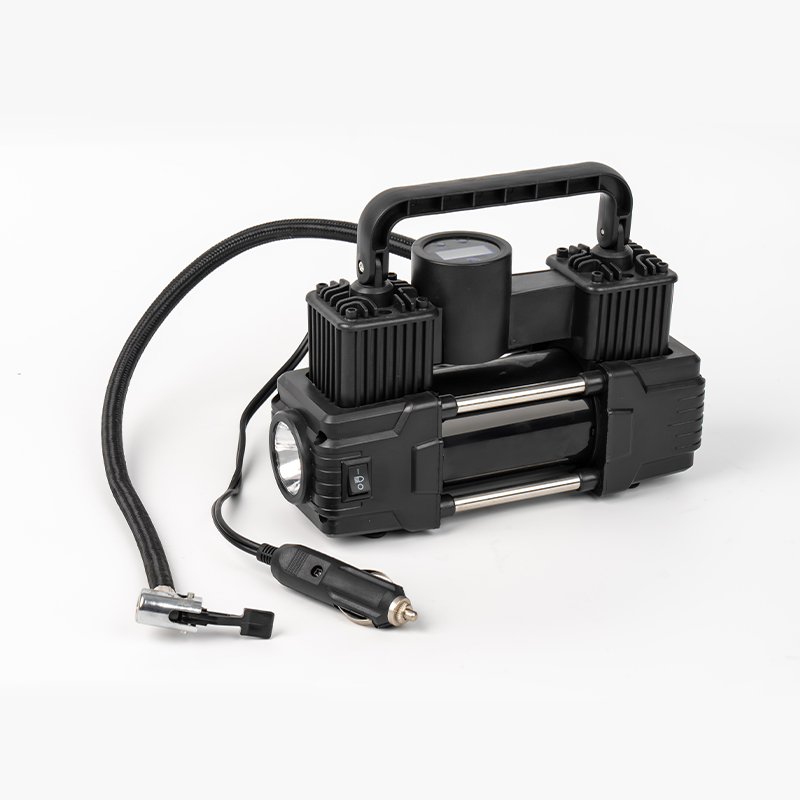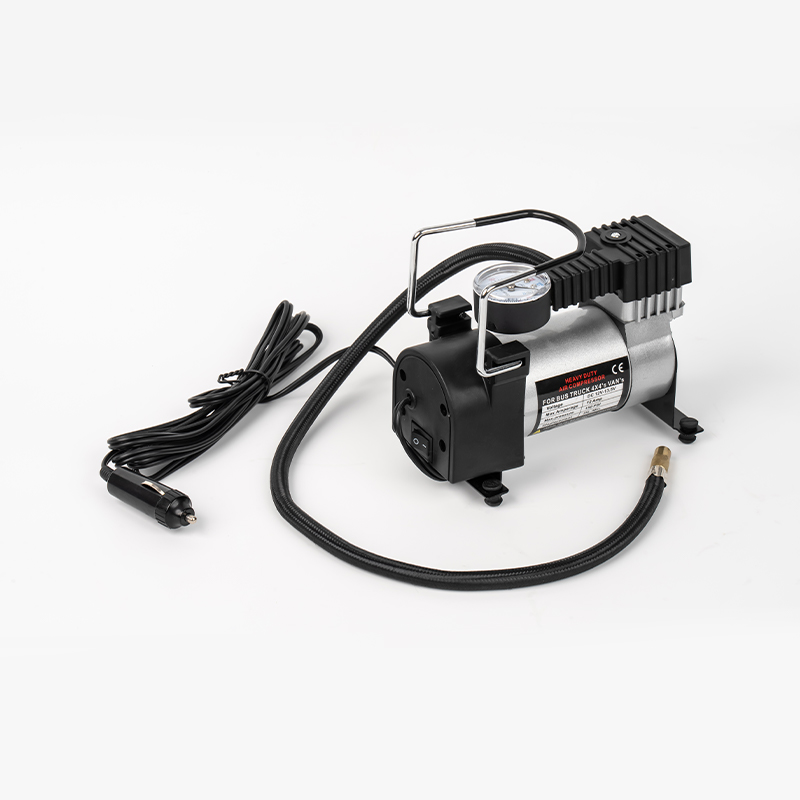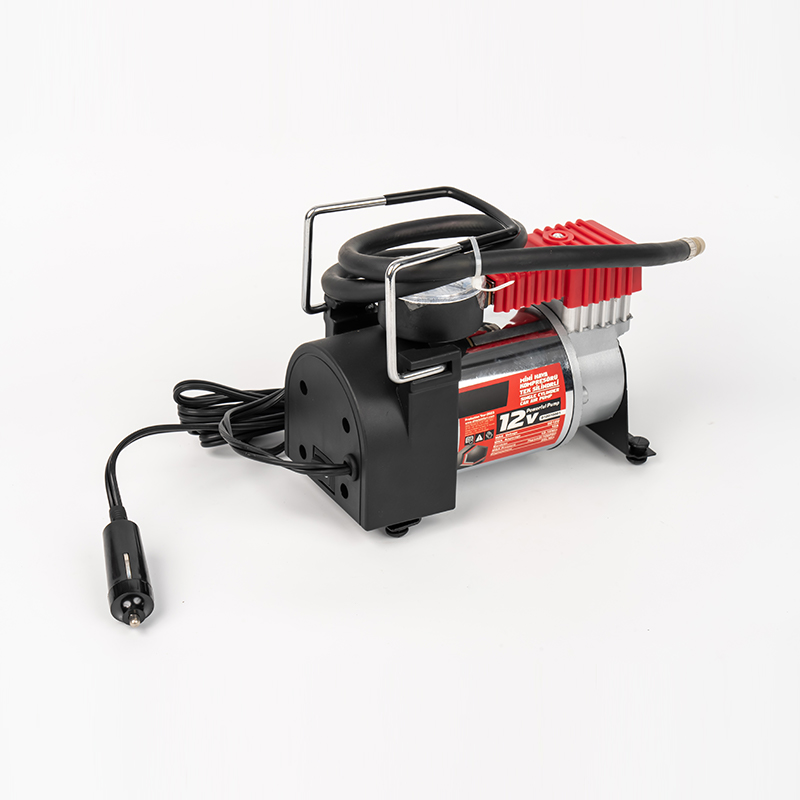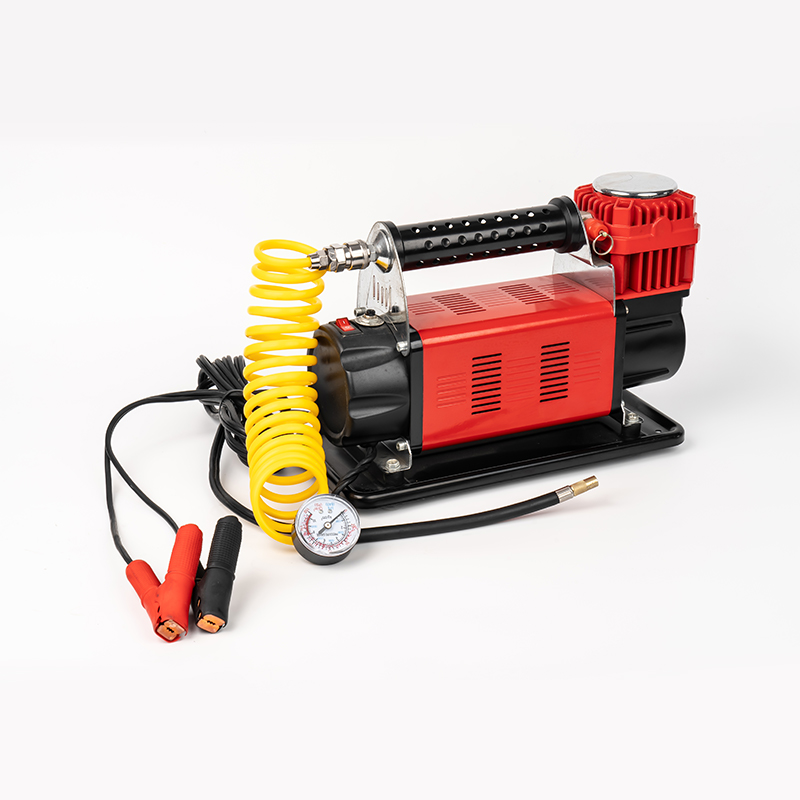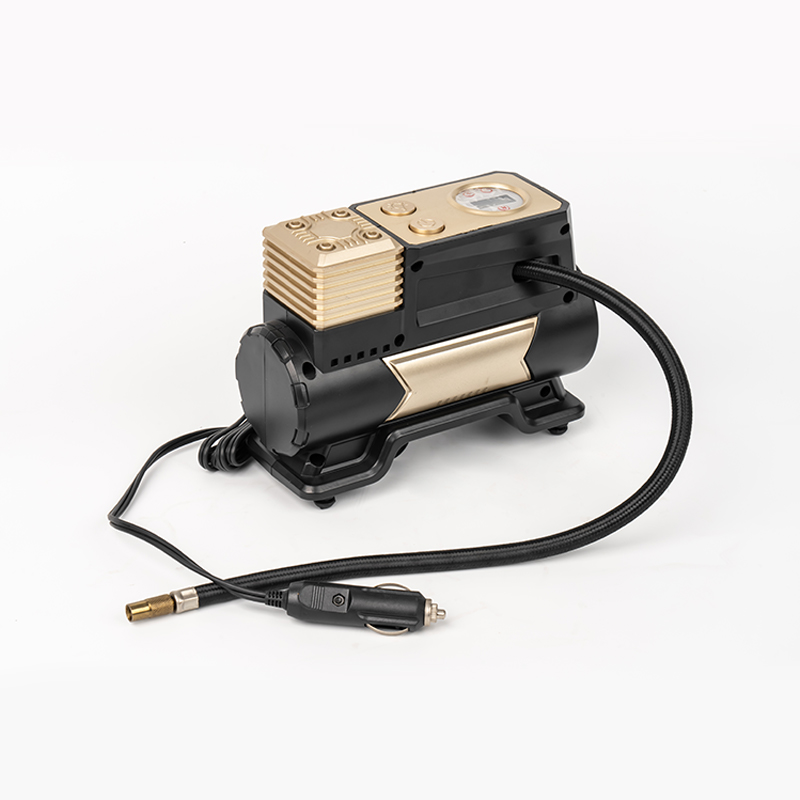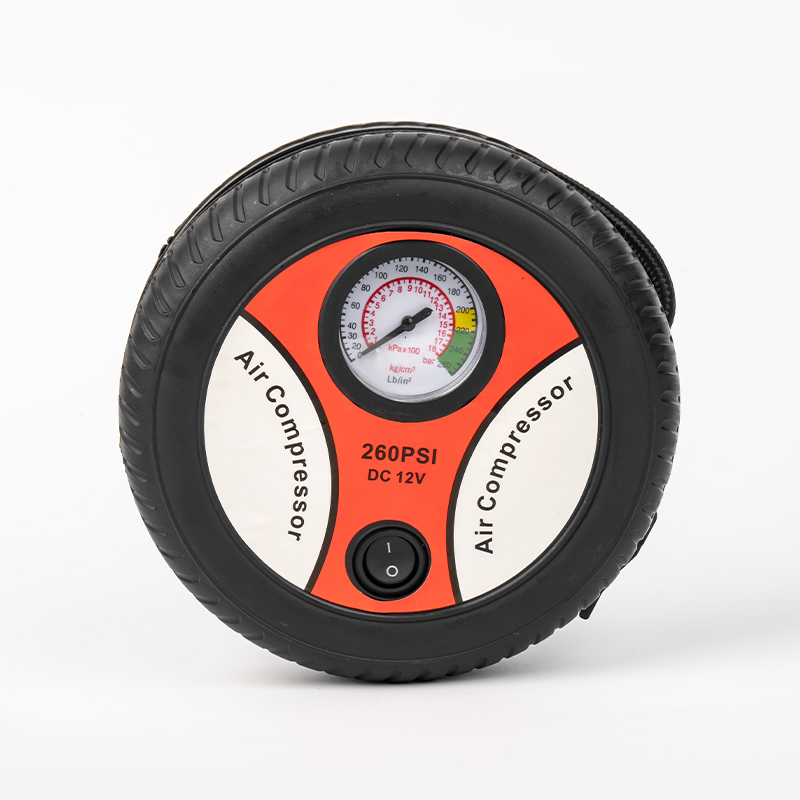For owners of large SUVs and pickup trucks, maintaining proper tire pressure is critical for safety, fuel efficiency, tire wear, and handling. A common question arises: is the portable automotive tire inflator likely tucked away in your garage sufficient for the demanding task of inflating these larger tires?
The answer is often "yes, but with significant caveats and potential limitations." Understanding these factors is key to using your existing inflator effectively or determining if an upgrade is necessary.
Key Considerations for Using Standard Inflators on Large Tires:
-
Pressure Rating (PSI):
- The Good News: Most standard portable automotive inflators (typically 12V DC models) are rated to reach pressures exceeding the requirements for most light truck and SUV tires. Common placard pressures range from 30-50 PSI for many full-size SUVs and 50-80 PSI for some heavy-duty pickups (especially dual-rear-wheel models).
- The Check: Verify that your inflator's maximum PSI rating clearly exceeds the cold tire pressure specified on your vehicle's placard (usually found on the driver's door jamb or fuel filler door). An inflator rated for 100 PSI or higher is generally sufficient for pressure needs.
-
Air Volume (CFM) and Inflation Time:
- The Challenge: This is the primary limitation for smaller inflators. Large truck/SUV tires have significantly larger air volumes than passenger car tires. A tire inflator's Cubic Feet per Minute (CFM) rating indicates its air-moving capacity.
- The Reality: Lower-cost, compact 12V inflators typically have lower CFM ratings (often 0.5 to 1.5 CFM). Filling a large tire from low pressure, or even adding several PSI to correct underinflation, can take considerably longer – potentially 10 minutes or more per tire – compared to a passenger car tire.
- Practical Impact: While technically capable of reaching the target pressure, extended runtime can be inconvenient. It also stresses the inflator's motor, leading to the next point.
-
Duty Cycle and Motor Capacity:
- The Limitation: Many compact inflators are designed with a limited duty cycle, meaning they are intended for intermittent use with significant rest periods to prevent overheating. They may automatically shut down after 10-15 minutes of continuous operation.
- The Concern: Inflating multiple large, low-pressure tires consecutively can push a standard inflator beyond its thermal limits, triggering shutdowns or potentially shortening its lifespan. Allowing ample cool-down time between tires is crucial.
-
Power Source:
- 12V DC (Cigarette Lighter Socket): This is the most common type. Ensure your vehicle's electrical system provides adequate power and the socket fuse is correctly rated. Extended high-current draw can sometimes blow fuses or strain older vehicle wiring.
- Battery-Powered (Cordless): Runtime becomes a critical factor. Inflating large tires consumes significant battery capacity. Ensure the battery is fully charged and monitor its level closely.
- AC Powered (Wall Outlet): Less common for purely automotive use, but if available, these usually offer higher power and potentially longer duty cycles. Requires access to mains power.
Critical Limitations to Understand:
- Seating a Bead: Standard automotive tire inflators generally lack the high-volume burst of air required to "seat" a tire bead onto a rim after tire mounting or a complete flat. This task requires specialized high-volume compressors or air tanks.
- Major Leaks/Flats: While suitable for slow leaks and routine top-ups, a low-CFM inflator may struggle significantly or be ineffective for rapidly filling a tire with a substantial leak or puncture due to insufficient airflow.
- Heat Buildup: As emphasized, continuous operation on large volumes risks motor overheating. Never cover the inflator while in use and adhere strictly to manufacturer runtime guidelines.
Using Your Standard Inflator Effectively:
- Check Pressure Regularly: Prevent tires from becoming severely underinflated. Topping up a few PSI is much faster than adding 10+ PSI.
- Inflate Cold Tires: Always check and adjust pressure when tires are cold (driven less than a mile).
- Monitor Temperature: If the inflator body becomes excessively hot to the touch, stop immediately and allow it to cool completely before resuming.
- Set Target Pressure First: Use the digital gauge (if equipped) to set your desired PSI before starting. Let the inflator run until it automatically stops.
- Verify with a Gauge: Always double-check the final tire pressure with a separate, high-quality tire pressure gauge for accuracy. Do not rely solely on the inflator's gauge.
- Manage Expectations: Accept that inflating large tires from a low state will take time. Be patient and allow for cool-down periods.
When to Consider a Higher-Capacity Inflator:
If you frequently need to:
- Add significant pressure (10+ PSI) to multiple large tires.
- Inflate tires after off-road air-down sessions.
- Require faster inflation times.
- Own a heavy-duty pickup with tires requiring pressures near 80 PSI.
...then investing in a higher-CFM inflator (often marketed as "truck" or "high-volume" models), potentially with a higher duty cycle or even a compact air compressor, may be worthwhile. These typically offer CFM ratings of 2.0 or higher and sturdier construction.
A standard automotive tire inflator can technically fill large SUV and pickup truck tires to their required pressures, provided its maximum PSI rating is adequate. However, the process will often be slow due to lower air volume (CFM), and users must be vigilant about duty cycle limitations and motor heat to prevent damage. For routine maintenance and minor top-offs on cold tires, it remains a viable tool. For frequent, larger inflation needs or faster operation, a higher-capacity unit designed for larger tires becomes a more practical choice. Always prioritize safety by verifying pressures with a standalone gauge.

 English
English Español
Español عربى
عربى Türk
Türk
